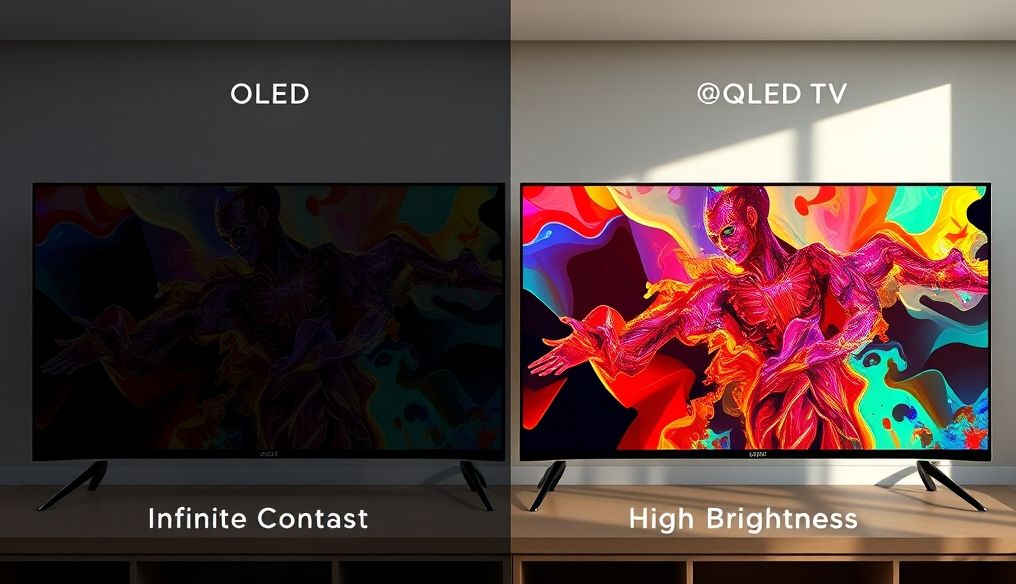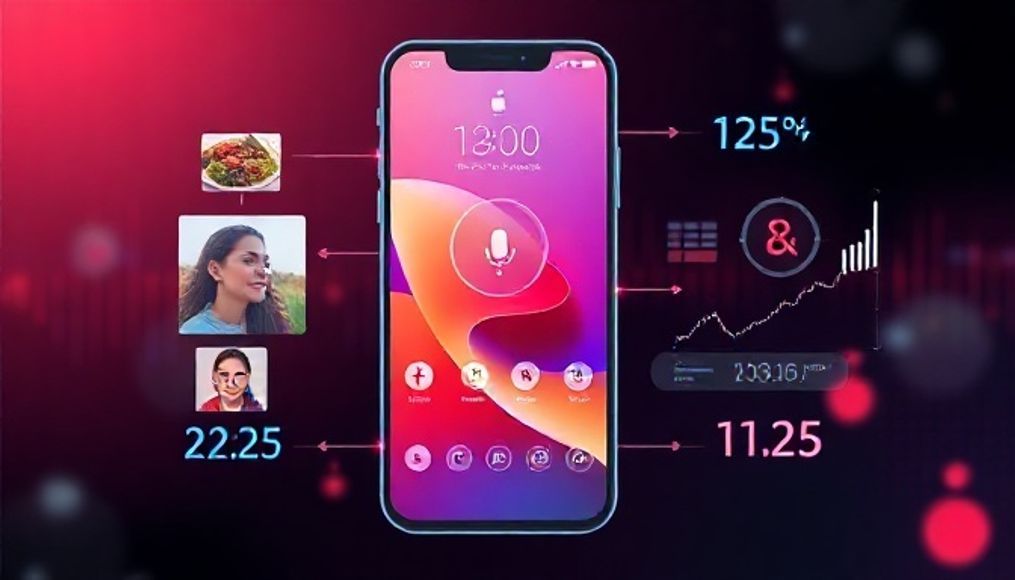What are the differences between OLED and QLED TVs, and which is better for you?
In the ever-evolving world of televisions, two main technologies are vying for consumer attention: OLED (Organic Light Emitting Diode) and QLED (Quantum Dot Light Emitting Diode). While the names sound similar, the underlying technologies are quite different, leading to noticeable differences in picture quality and overall performance. This article aims to explore these differences in depth, providing a comprehensive analysis of the advantages and disadvantages of each technology to help you make an informed decision when purchasing a new TV.
1. OLED Technology Basics: Self-Emitting Pixels
OLED displays rely on organic compounds that emit light when an electric current passes through them. This means that each pixel in an OLED screen is an independent light source, capable of turning on and off individually. This ability to precisely control each pixel is what gives OLED screens their unique features.
- Absolute Black: Because pixels can be completely turned off, OLED screens can produce perfect black levels, resulting in infinite contrast.
- Wide Viewing Angles: Picture quality does not degrade significantly when viewed from different angles.
- Fast Response Time: The fast response time makes OLED screens ideal for gaming and watching fast-paced content.
- Slim Design: Due to the lack of a backlight, OLED screens can be extremely thin.
2. QLED Technology Basics: Quantum Dots and Backlighting
QLED is a technology developed by Samsung that relies on the use of quantum dots, which are nanocrystals that emit different colors when exposed to light. In QLED screens, a layer of quantum dots is used to enhance the traditional LED backlight. This allows for the production of more vibrant and brighter colors.
- Higher Brightness: QLED screens can achieve higher brightness than OLED screens, making them better suited for bright rooms.
- Vibrant Colors: Quantum dots are capable of producing a wide range of colors, resulting in more vivid and realistic images.
- Screen Burn-in Resistance: QLED screens are less prone to screen burn-in compared to OLED screens.
- Lower Cost: Generally, QLED screens are less expensive than OLED screens.
3. Picture Quality: An In-Depth Comparison
When comparing picture quality between OLED and QLED, some key differences emerge:
- Contrast: OLED screens excel in contrast due to their ability to produce perfect black levels. This results in deeper and more detailed images, especially in dark scenes.
- Brightness: QLED screens excel in brightness, making them better suited for bright rooms. However, modern OLED screens can achieve sufficient brightness for most environments.
- Colors: Both technologies are capable of producing vibrant and realistic colors. However, QLED screens may have a slightly wider color gamut.
- Viewing Angles: OLED screens excel in viewing angles, maintaining picture quality even when viewed from wide angles.
4. Performance: Gaming and Movie Watching
Screen technology also affects performance in gaming and movie watching:
- Gaming: The fast response time of OLED screens makes them ideal for gaming, reducing motion blur and improving the overall gaming experience.
- Movie Watching: The high contrast and perfect black levels of OLED screens make them ideal for watching movies, especially in dark rooms.
5. Lifespan and Screen Burn-in
Screen burn-in was a concern for OLED screens in the past, but modern improvements have significantly reduced this issue. However, QLED screens are still less prone to screen burn-in.
Overall, both technologies have a long lifespan, with OLED and QLED screens lasting for many years with normal use.
6. Cost: A Decisive Factor
OLED screens are typically more expensive than QLED screens. However, OLED prices have fallen in recent years, making them accessible to more consumers.
7. Power Consumption: A Comparison
OLED screens consume less power than QLED screens when displaying dark images, as pixels can be turned off individually. However, QLED screens may consume less power when displaying bright images.
8. Other Factors to Consider
In addition to the factors mentioned above, there are some other factors to consider when choosing an OLED or QLED TV:
- Screen Size: OLED screens are available in limited sizes compared to QLED screens.
- Additional Features: Some manufacturers may offer additional features such as HDR (High Dynamic Range) or Variable Refresh Rate that can affect the viewing experience.
- Brand: The brand plays a role in quality and reliability.
9. Conclusion: Which is Better for You?
Choosing the best TV between OLED and QLED depends on your individual needs and preferences. If you value high contrast and perfect black levels and plan to watch movies in a dark room, an OLED screen may be the best choice for you. If you need a bright TV for a bright room or are concerned about screen burn-in, a QLED screen may be the best choice.
Ultimately, the best way to make a decision is to visit an electronics store and compare the screens side-by-side with the same content. This will help you see the differences for yourself and determine which technology suits your eyes best.
Bonus Tip: Before buying any TV, be sure to read online reviews and check ratings from reliable sources.




